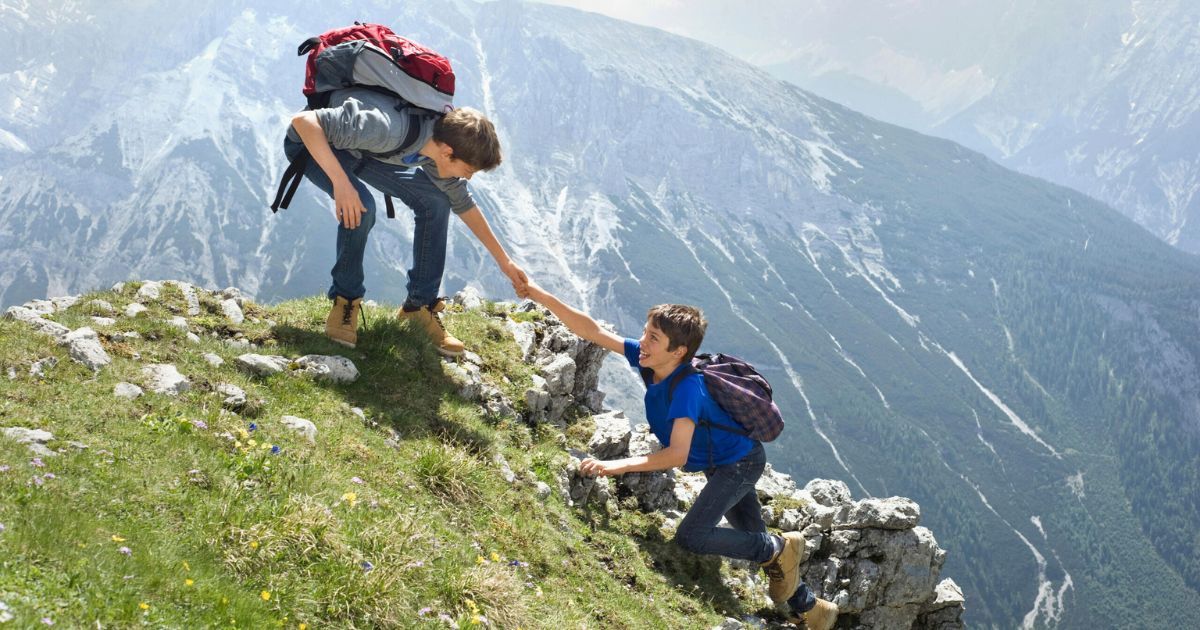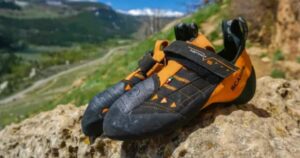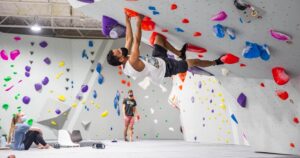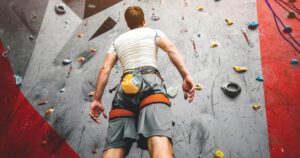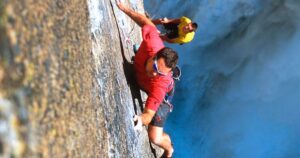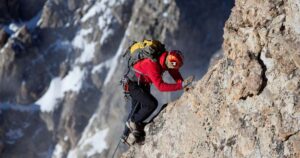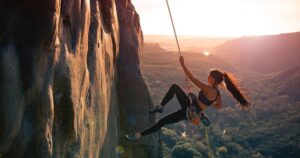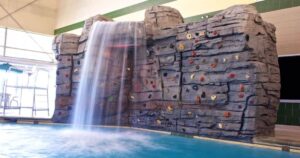If you’re thinking about embarking on the incredible journey of climbing Kilimanjaro, there are a few things you might want to consider before you lace up those hiking boots. The path to the summit may be challenging, but with the right knowledge and preparation, you can conquer it. From the physical demands to the risks of altitude sickness, there are important factors to be aware of.
Alongside that, understanding the significance of proper gear and acclimatization cannot be underestimated. Yet, it’s not just about the physical aspects; mental resilience and a positive mindset are essential for this awe-inspiring adventure. So, before you begin your ascent, take a moment to learn from those who have been there before and discover what they wish they knew before climbing Kilimanjaro.
Key Takeaways
- Gradually acclimatize to the altitude to prevent altitude sickness.
- Invest in high-quality gear and equipment for comfort and safety during the climb.
- Develop a positive mindset and mental resilience to overcome challenges.
- Consider hiring a knowledgeable guide for a safe and successful climb.
Physical Fitness Requirements
Before you decide to climb Kilimanjaro, it is important to understand the physical fitness requirements that are necessary for a successful summit. Training techniques play a crucial role in preparing your body for the challenges ahead. Incorporating cardiovascular exercises, such as running or cycling, will improve your stamina and endurance. Additionally, strength training exercises, such as weightlifting or bodyweight exercises, will help you build the necessary muscle strength to tackle steep inclines and carry your backpack.
Altitude Sickness Risks
To fully prepare for your climb up Kilimanjaro, it’s crucial to be aware of the risks of altitude sickness. This condition occurs when your body doesn’t get enough oxygen at high altitudes, and it can be quite dangerous if not properly managed. Here are some key points to keep in mind:
- Altitude sickness prevention: Gradual acclimatization is essential. Take your time and allow your body to adjust to the altitude. Drink plenty of water and avoid alcohol and caffeine, as they can dehydrate you and exacerbate symptoms.
- Symptoms: Watch out for headaches, fatigue, dizziness, nausea, and shortness of breath. These are common signs of altitude sickness and should not be ignored.
- Treatment: If you experience mild symptoms, descending to a lower altitude is usually enough to alleviate them. However, if symptoms worsen or become severe, you may need to seek medical attention.
Proper Gear and Equipment
Now let’s talk about the essential gear checklist, weather-proof clothing options, and the importance of proper footwear when climbing Kilimanjaro. Before you embark on this epic adventure, make sure you have all the necessary gear such as a good quality backpack, hiking boots, and a warm sleeping bag. Weather conditions can change rapidly on the mountain, so having weather-proof clothing will help you stay comfortable and protected. And don’t underestimate the importance of proper footwear – invest in sturdy and well-fitted boots to prevent blisters and ensure stability during your climb.
Essential Gear Checklist
Make sure you have all the proper gear and equipment for your Kilimanjaro climb. Here’s an essential gear checklist to help you prepare:
- Hiking Boots: Invest in a high-quality pair of hiking boots that provide ankle support and are waterproof. Don’t wait until the last minute to break them in; wear them on several hikes beforehand to avoid blisters and discomfort during your climb.
- Sleeping Bag: Choose a sleeping bag that is suitable for the temperatures you will encounter on the mountain. It’s crucial to have a warm and lightweight sleeping bag to ensure a good night’s sleep and prevent hypothermia.
- Layered Clothing: Dressing in layers is key to staying comfortable during your climb. Pack lightweight, moisture-wicking base layers, insulating mid-layers, and a waterproof outer shell to keep you dry and warm in any weather conditions.
Having the right gear will not only enhance your comfort but also contribute to your safety on the mountain. So, double-check your checklist and make sure you have everything you need before embarking on your Kilimanjaro adventure.
Weather-Proof Clothing Options
When preparing for your Kilimanjaro climb, it is important to consider weather-proof clothing options to ensure you have the proper gear and equipment. Layering options are key for tackling the varying temperatures you will encounter on the mountain. Start with a moisture-wicking base layer to keep you dry from sweat. Then, add an insulating mid-layer to trap heat and keep you warm.
Finally, top it off with a waterproof jacket to protect you from rain and snow. Look for jackets that are breathable yet durable, so you can stay comfortable and dry throughout your climb. Investing in quality gear is essential to facing the unpredictable weather conditions on Kilimanjaro. Now that you have your weather-proof clothing sorted, let’s move on to the importance of proper footwear.
Importance of Proper Footwear
One key aspect to consider when preparing for your Kilimanjaro climb is the importance of proper footwear. Your choice of shoes can make or break your experience on the mountain, so it’s essential to invest in the right pair. Here are a few things to keep in mind when it comes to proper shoe selection:
- Find boots that provide excellent ankle support and have a sturdy sole to navigate uneven terrain.
- Make sure your shoes are waterproof to protect your feet from moisture and potential blisters.
- Opt for shoes that are comfortable and well-fitted to prevent discomfort and pain during long hikes.
In addition to selecting the right shoes, it’s crucial to maintain them properly. Regularly clean and dry your footwear to prevent odor and prolong their lifespan. Taking care of your shoes will ensure they are in top condition for your Kilimanjaro climb.
As you prepare for your climb, proper footwear is just one piece of the puzzle. The next important aspect to consider is the importance of acclimatization.
Importance of Acclimatization
To successfully climb Kilimanjaro, you need to prioritize the process of acclimatization. Acclimatization refers to the process of allowing your body to adjust to the high altitude conditions of the mountain. It is crucial because it helps your body adapt to the low oxygen levels and reduces air pressure, preventing altitude sickness and other serious health issues.
One of the key benefits of acclimatization is high-altitude adaptation. This means that as you gradually ascend the mountain, your body will start producing more red blood cells, which improves your ability to carry oxygen. This process takes time, and rushing it increases the risk of altitude sickness.
To prioritize acclimatization, it’s important to take regular breaks during your climb to allow your body to adjust. This might mean spending extra nights at certain altitudes or choosing routes that provide sufficient time for acclimatization. Remember, the goal is not just to reach the summit but to do so safely and without compromising your health.
Mental Resilience and Mindset
Developing a strong mental resilience and adopting a positive mindset is crucial for a successful climb up Kilimanjaro. As you embark on this challenging journey, it’s important to overcome fear and mentally prepare yourself for the difficulties ahead. Here are three key aspects to consider:
- Visualize success: Imagine yourself reaching the summit, feeling a sense of accomplishment and pride. Visualizing success can help you stay motivated and focused during the climb.
- Control your thoughts: Negative thoughts and self-doubt can easily creep in when facing physical and mental challenges. Practice mindfulness and learn to replace negative thoughts with positive affirmations to maintain a strong mindset.
- Embrace the journey: Kilimanjaro is not just about reaching the summit; it’s about the entire experience. Embrace the beauty of the mountain, the camaraderie with your fellow climbers, and the personal growth that comes with pushing your limits.
Training and Preparation Tips
To maximize your chances of success, it is essential to undergo proper physical training and preparation before climbing Kilimanjaro. Physical training is crucial because climbing the mountain requires a good level of fitness and endurance. Start by incorporating cardiovascular exercises such as running, hiking, or cycling into your routine. These activities will help improve your stamina and prepare your body for the long hours of trekking.
Additionally, strength training exercises like squats, lunges, and core exercises will help build the necessary muscle strength to tackle the steep inclines and uneven terrain. Alongside physical training, mental preparation is equally important. Kilimanjaro can be mentally challenging, so it’s crucial to develop a positive mindset, resilience, and determination. Visualize yourself reaching the summit, practice mindfulness, and learn to embrace discomfort. Remember, with the right physical training and mental preparation, you can conquer Kilimanjaro and achieve your goal.
Hiring a Knowledgeable Guide
When hiring a knowledgeable guide for your Kilimanjaro climb, it is essential to find someone who is experienced and familiar with the mountain. A capable guide can greatly enhance your experience and ensure your safety throughout the journey. Here are some key points to consider when selecting a guide:
- Expertise: Look for guides who have extensive knowledge of Kilimanjaro’s routes, weather conditions, and potential risks. They should be well-versed in rescue procedures and first aid.
- Reputation: Research guide companies and read reviews from previous climbers. Seek recommendations from trusted sources to ensure you choose a reputable guide.
- Cost considerations: While budget is important, prioritize quality over price. Investing in a knowledgeable guide may come at a higher cost, but it is worth it for your safety and enjoyment.
FAQ’s
What are the problems climbing Kilimanjaro?
Altitude sickness, extreme weather conditions, and physical exhaustion are common challenges climbers face on Kilimanjaro. Additionally, rapid altitude gain and the risk of dehydration can pose difficulties.
Is it scary to climb Kilimanjaro?
Climbing Kilimanjaro can be challenging, but whether it is scary depends on individual perspectives. The journey is physically demanding and requires preparation, but with proper guidance and adherence to safety protocols, many find it to be a thrilling adventure.
Who should not climb Kilimanjaro?
Individuals with certain health conditions such as heart problems, respiratory issues, or pregnancy should consult a medical professional before attempting to climb Kilimanjaro. Those not physically prepared for high-altitude trekking may also want to reconsider.
What do they tell you about climbing Kilimanjaro?
Climbers are typically advised to undergo thorough physical training, and acclimatization, and to be aware of the symptoms of altitude sickness. Guides emphasize the importance of proper gear, staying hydrated, and following safety guidelines during the ascent of Kilimanjaro
Conclusion
In conclusion, scaling Kilimanjaro is an exhilarating adventure that requires careful preparation and a positive mindset. By being aware of the physical demands, altitude risks, and the importance of acclimatization, you can ensure a safer and more enjoyable climb. Remember to invest in proper gear, train diligently, and consider hiring a knowledgeable guide to enhance your experience. With these tips in mind, you’ll be well-equipped to conquer the majestic peak with grace and euphoric triumph. Happy climbing!


